We went on a trip to Iceland last week, visiting Reykjavik and Southern Iceland. Reykjavik is remarkably small for a European capital, population 122,853 (2016 source: UN). That’s smaller than the population of the suburb of Montclair, New Jersey, in which I live, plus the adjacent suburb of Clifton, NJ. Now Clifton is twice the size of Montclair, but still. Reykjavik has a population density of 510/km^2 while Montclair’s is 2,532.8/km^2. (Wikipedia is my data source for this and most other data in this article). The downtown area is low-rise with no really tall buildings. Much of the population lives in low-density suburbs. I mention this to underscore how daft the vehemently anti-suburban discourse inherent in architectural discussion is, something I’ve been harping on since the mid-1990s.
The rest of Iceland is extremely low density due to the massive areas made uninhabitable by both past and future lava flows as well as glaciers (Iceland ranks 240th out of 248 among countries in terms of density, with only 376,248 inhabitants in a country the size of the state of Ohio, bigger than South Korea, the entire island of Ireland, just a little smaller than Lithuania plus Estonia). I was surprised that Iceland doesn’t have significant mineral wealth. The only major resource it has—besides fresh water—is geothermal power. Apparently, only 10% of the country’s geothermal energy is being converted to usable power, a number that seems quite high to me given how few geothermal plants we saw. Over 99% of the country’s energy needs are met by geothermal energy, although Iceland has only made moderate progress toward electric vehicles yet. As Tesla owners, we thought about renting one for the trip, but the number and distribution of high-speed chargers seemed a bit low. We had a BMW X1 hybrid and only saw one place to plug it in on our trip, but that was occupied so we never got to charge the battery which could only go 50km (31 miles) per charge, ludicrous for a 950km (500 mile) trip. It got a lousy 7.4 l/100km(32 mpg), significantly higher energy consumption than an electric-only vehicle. That said, according to Wikipedia, 12% of the country’s fleet is electrified, which isn’t bad, but once we got out of the immediate area of the city, these virtually disappeared. I’m sure with time, this will change. Low-cost geothermal energy had an uncomfortable side in that it requires centralized heating plants and, as usual in places that have those, like Vilnius, larger universities, and parts of New York City, heat is poorly regulated and hard to control. All but one of our seven hotels were far too hot. I am not sure why this is. It seems easy enough to regulate temperature via a thermostat controlling a valve. Even a manually-operated valve would work. Opening windows every night was frustrating and the alteration of hot and cold temperatures when a draft blew in was not what is meant by sauna culture. Conversations during a long delay at our departure gate at the airport confirmed that other people had the same experience. That said, apparently Icelanders have a saying “In Iceland, it is 25 degrees (77F) year-round… inside!” Not fun for someone not used to such warm temperatures. A strange aside: cars tend to be large and parking spots tend to be sub-compact, even in rural areas. Our 2022 rental already had major dings on both doors. Inexplicable.
Icelandic culture is certainly outsized given the small population, but the main attraction, as its inhabitants recognize, is the sublime landscape. Recall that for Edmund Burke, “Whatever is fitted in any sort to excite the ideas of pain, and danger, that is to say, whatever is in any sort terrible, or is conversant about terrible objects, or operates in a manner analogous to terror, is a source of the sublime; that is, it is productive of the strongest emotion which the mind is capable of feeling.” Although Burke was really talking about erupting volcanos and lightning strikes, in everyday aesthetic theory the sublime has generally referred to something that creates awe and feels overwhelming, as opposed to the beautiful, which is pleasing to the senses.
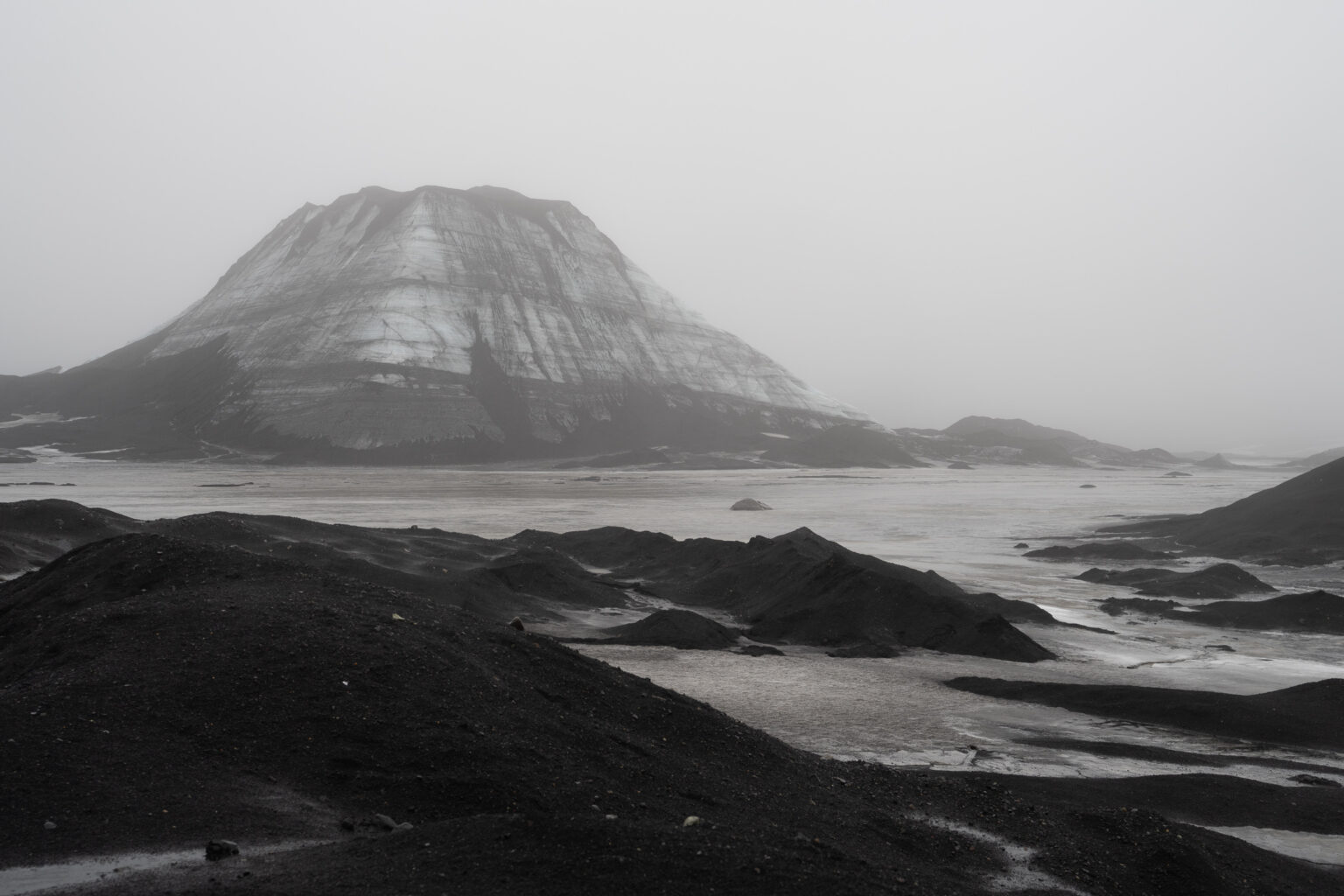
But there is real terror in the Icelandic landscape, as anyone who spends hours driving through a lava field laid down by an active volcano will experience. We indulged in some eco-tourism by taking a “super-Jeep” up to Kötlujökull glacier so we could tour Katla Ice Cave. It was just above freezing and raining so we became extremely wet, with even my Schoeller Dryskin pants soaking through. The ice cave was impressive, but the experience of being in the starkly monochromatic landscape at the edge of the glacier was sublime: alternating bands of ice, gritty black lava sand, and volcanic ash. The scenes from Mann’s planet in Interstellar were filmed on a glacier in Iceland.
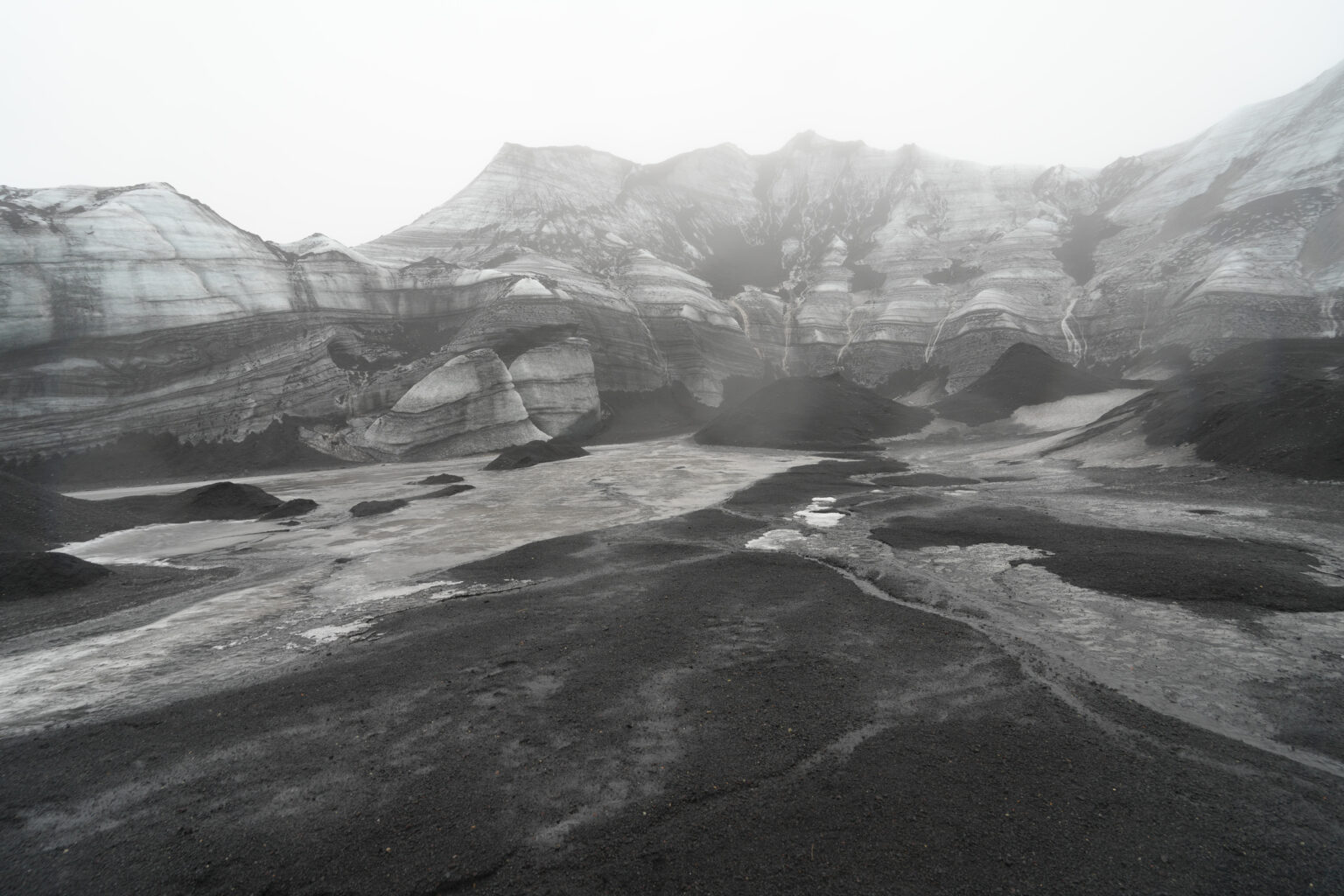
The beaches of Southern Iceland are also sublime, composed of some 350 km (200 miles) of black sand coast, an unrelenting emptiness caused by the frequent, ongoing volcanic eruptions. Nothing seems to grow here. The Apollo astronauts trained in areas like this on the island and I couldn’t help but think that while I would still gladly spend some time in an orbiting hotel, watching the Earth below, these places quenched any fantastical desire I still had to go to the moon or Mars. The barrenness of these landscapes was sublime, but also a bit depressing and oppressive in a way that a forest or a meadow, in their diversity, could never be. The Icelandic terrain underscores how remarkable and precarious the evolution of life has been. Colonizing the Moon and Mars is unlikely to proceed quickly. After a period of time, the lack of flora would get to even the most committed geologist. Plants are a treasure. An hour in emptiness seems like enough.
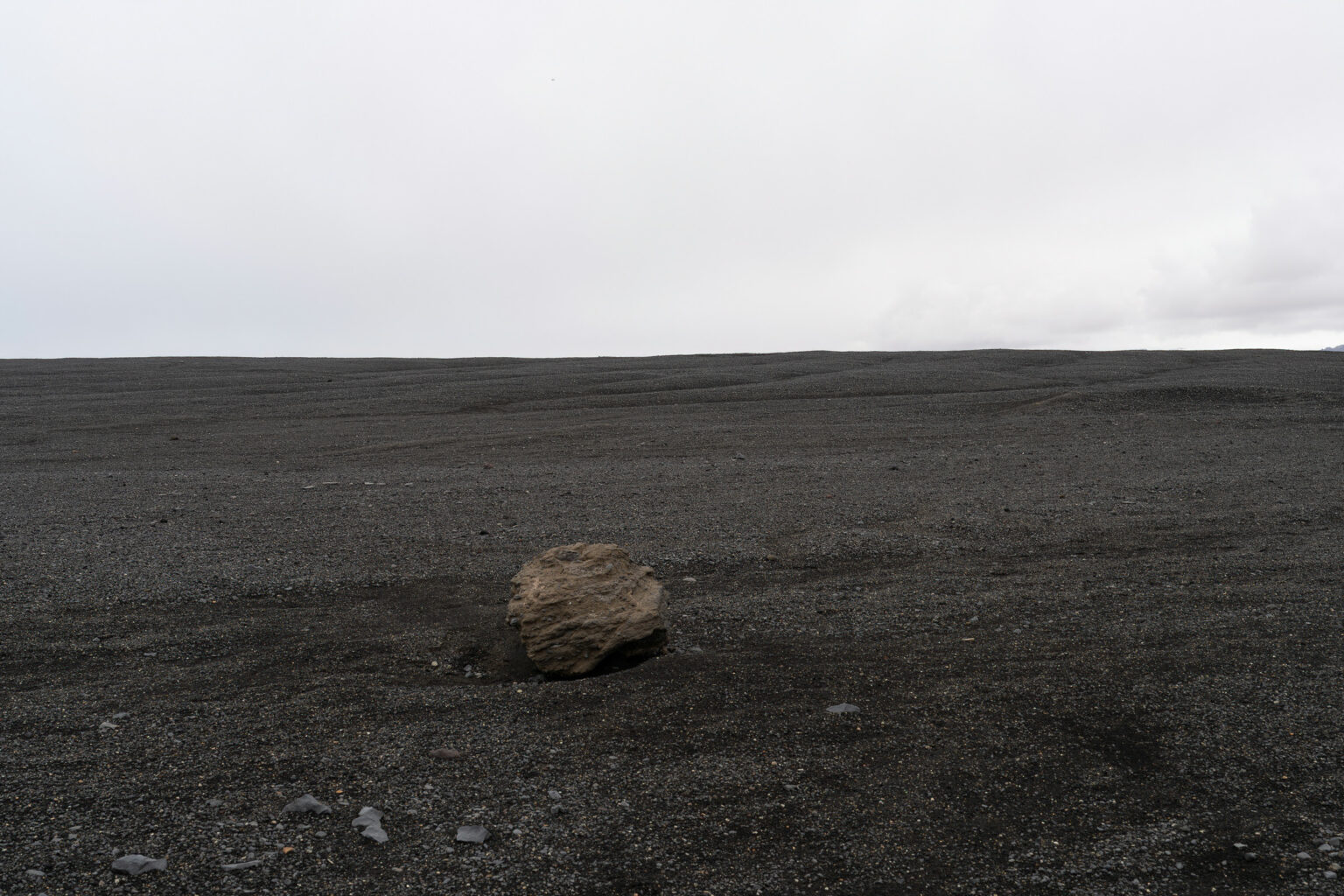
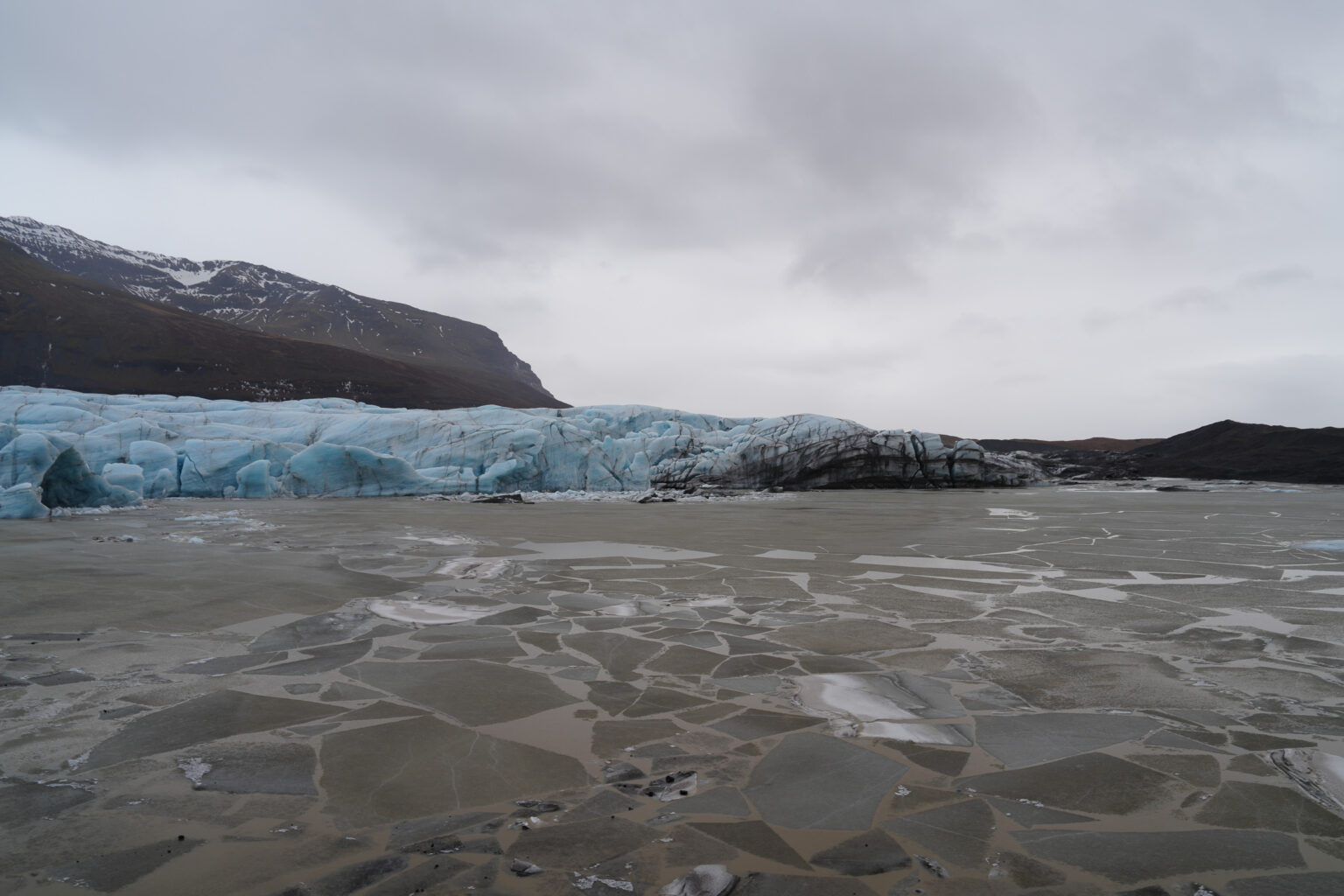
Seeing the outflow pond at Svínafellsjökull glacier and the outflow lagoon at Jökulsárlón was a goal of the trip as it showed what Glacial Lake Passaic, the absent subject of my Wastelands photo essay, would have looked like 14,000 years ago. Much of North America and Europe looked like this. As it did then, so in Iceland too, plant and animal life found a way. We heard birdsong at Svínafellsjökul and there were seals bobbing up from time to time at Jökulsárlón.
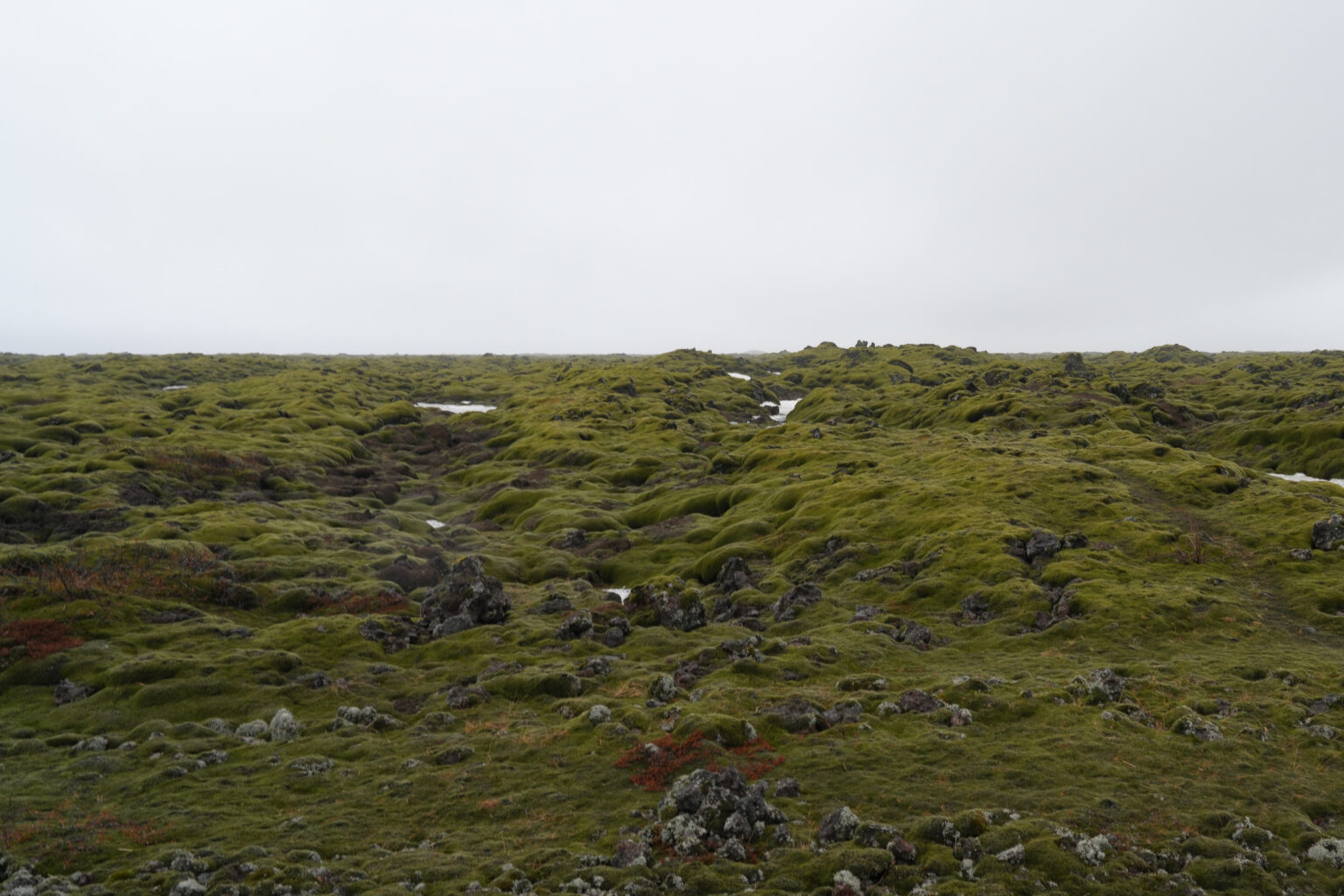
Mosses and lichens cover a large part of the old lava field called Eldhraun, caused by the Skaftáreldar (The Skaftá River Fires), a cataclysmic eruption that lasted from 1783 to 1784 that had terrible consequences for the island and appears to have had a devastating effect on the entire world as well. One day the lava will stop flowing here and succession will start again. And if the volcanic eruptions are devastating, Iceland would not have risen up from between the continental plates of North America and Europe a mere 15 million years ago.
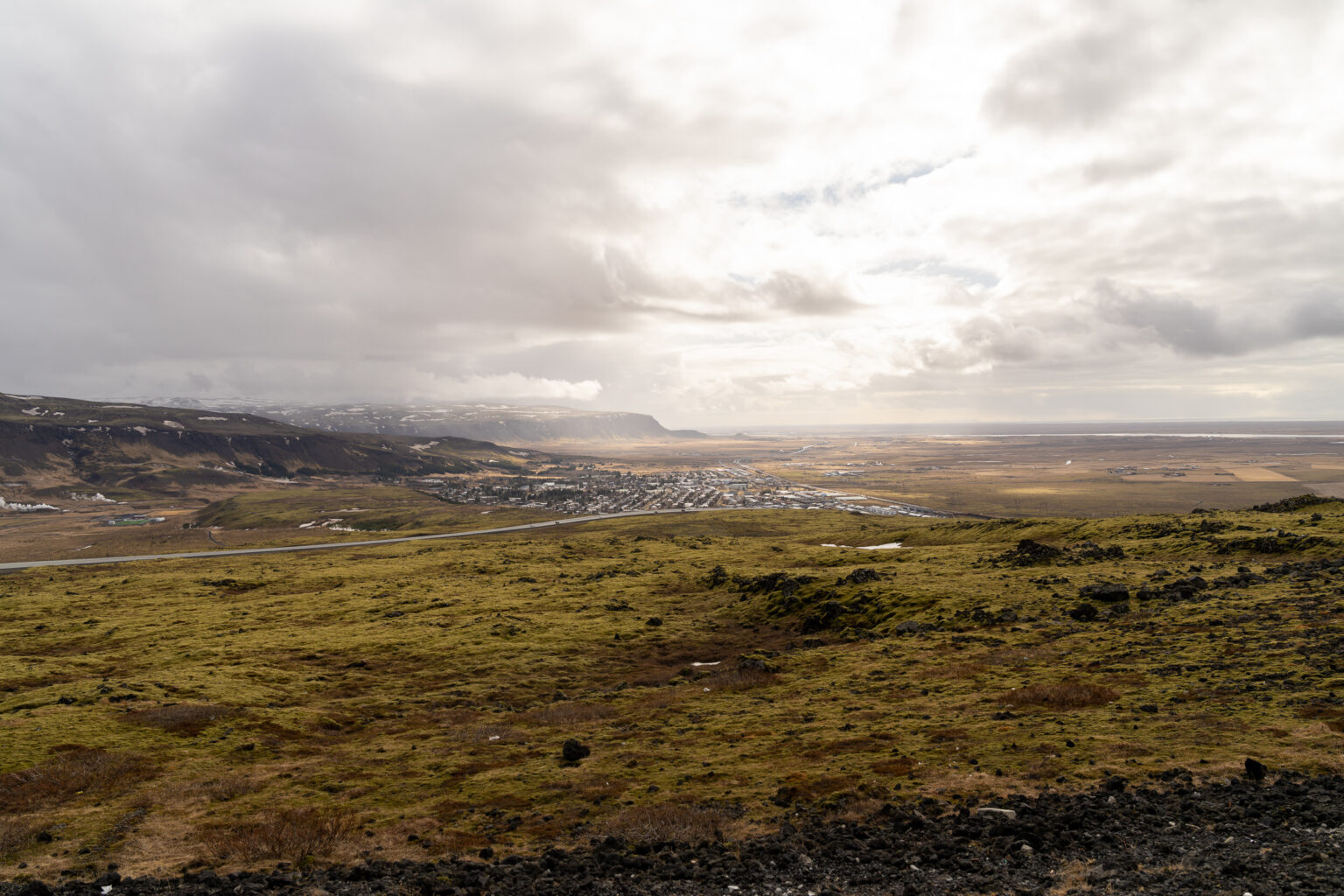
If the landscape looks like a desolate wilderness, like the fabled Fertile Crescent of Mesopotamia, Iceland has been subject to massive harm from human activity. Between 25 and 40% of the land was covered in forest when Vikings first arrived, a forest composed mainly of downy birch (Betula pubescens) that, given the harshness of the climate only grew up to about 15m in height. Other trees, like tea-leaved willow (Salix phylifolia), usually grew as shrubs. Settlement meant cutting down some 95% of the forests to create pasture for sheep and to provide wood for construction and fuel. As at the Fertile Crescent, however, soil cover was thin (see the Icelandic Forestry Service for more). Continued grazing has meant that thin soil is prone to blowing away during sandstorms. Only recently have efforts been made to plant forests again, but in the subarctic climate the process will be slow. The deforested areas of Iceland are “wet deserts” in which life is sparse. Forests are necessary to store carbon to mitigate the effects of climate change, to stabilize and build soils, and to provide a rich ecosystem. In a NYT article, Saemundur Thorvaldsson, a government forester states, “The aim now is that in the next 50 years we might go up to 5 percent covered in forest,” he said. “But at the speed we’re at now, it would take 150 years to do that.”
Elsewhere, change is much easier. In more temperate climates like most of the United States, Ireland and Great Britain (both of which have had massive deforestation… Ireland was once 80% forested and is now 11%) or Europe, it is entirely possible to bring back forests within a generation. A tulip poplar (Liriodendron tulipifera) that sprouted as a seedling on a barren hillside on my property some eight years ago is now well over twenty feet tall; the entire hillside should be covered in them by now, but previous property owners employed biophobic “landscapers” who weeded them out and put down down mulch and pachysandra instead, creating a suburban desert with no diversity. I have planted dozens of trees on my half-acre of property in suburban New Jersey. Change is possible. Glaciers and lava fields are places where we can witness the sublime, but in everyday life, let’s rewild our landscapes and find room for the beautiful again.